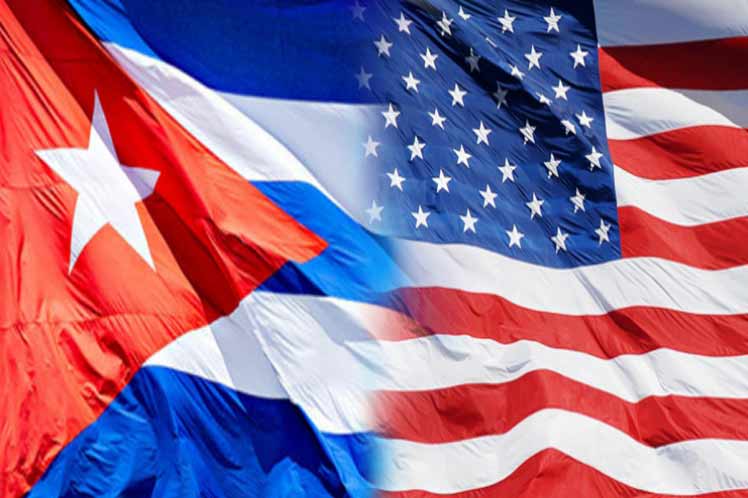Havana, Cuba: The new administration of the United States faces to path regarding Cuba: that of aggressions and their corresponding failures, which is well known, and that of cooperation, a route little traveled but more promising, Prensa Latina publishes.
Regarding the latter, President Joe Biden has some references, as he was vice president of the government that chose the reestablishment of relations (Barack Obama 2009-2017) and under which, from 2015 and until the first days of 2017, 22 agreements and memoranda of understanding were signed.
From the reopening of permanent diplomatic missions to aspects related to health and climate, among others, the signed documents respond to matters of common interest.
On the Cuban Foreign Ministry website there are lists of these agreements, among which are memoranda of cooperation for the conservation and management of Marine Protected Areas, in the field of environmental protection and in areas that allow improving the safety of maritime navigation.
Also, the establishment of cooperation and exchange programs to share data on seismic records and geological information, in addition to opening greater possibilities for joint research on meteorology and climate.
They also laid the groundwork for preparing for and responding to possible contamination caused by spills of hydrocarbons and other harmful and potentially dangerous substances in the Gulf of Mexico and the Straits of Florida.
The administration of Donald Trump insisted since his arrival at the White House that the reestablishment of relations had been only positive for the Caribbean nation, but all the elements mentioned so far result in mutual benefits.
The same happens with those agreements and memoranda intended to guarantee the direct transportation of mail, procedures for the safety of travelers and commerce, to ensure plant and animal health, or on aeronautical and maritime search and rescue.
The establishment of regular flights between the United States and the larger island of the Antilles was a step forward not only for Cubans, but also for American citizens who had one less obstacle to exercise their right to travel.
None of this was taken into account by Trump when he suspended the charters from the United States and ordered that the regular itineraries only reach Havana.
He chose the path of punishment and thereby sidestepped the interests of his people, as demonstrated by US congressmen and producers on January 16, when in a virtual forum they again expressed their desire for more agreements to be implemented such as the memorandum for the cooperation in agriculture and other related fields.
He chose the path that denies its citizens the possibility of accessing the knowledge and biopharmaceutical products created in Cuba, even in the midst of the Covid-19 pandemic and after the approval of resolutions in around 15 North American cities that urge his government to establish cooperation in this field.
There are also memoranda of understanding between the Cuban Ministry of Public Health and the United States Department of Health and Human Services that would allow such collaboration, both in this circumstance and for diseases such as cancer or diabetic foot ulcers, but the choice made by the former administration did not make it possible.
The list could continue, because the path of open cooperation included vital aspects such as confronting the illicit trafficking of narcotic drugs and psychotropic substances, or elements linked to migration.
There are enormous potentialities in building bridges from respect, instead of the more than 240 coercive measures implemented by the Trump administration, which also failed to destroy the Cuban Revolution and, on the other hand, did earn Washington international discredit.
The world community rejected the inclusion of Cuba in the list of countries sponsors of terrorism and supports the nomination of its doctors to the Nobel Peace Prize, instead of giving credit to the smear campaigns promoted from the White House.
Those examples should suffice now that a new administration is once again faced with both paths, and will have to choose between the known and a promising journey into the unknown.





